Unlocking the Basics of MMDS Transmitting Antennas: Structure and Functionality
In the rapidly evolving world of wireless communications, MMDS Transmitting Antennas represent a cornerstone technology that enables efficient multichannel signal distribution. These sophisticated devices serve as critical components in the Multi-channel Multipoint Distribution Service (MMDS) ecosystem, facilitating high-frequency transmission across substantial distances with remarkable clarity. Understanding the fundamental structure and operational mechanisms of MMDS Transmitting Antennas provides valuable insights into their capabilities and applications across various industries. This comprehensive exploration delves into the intricate design elements, functional principles, and technological advancements that make these antennas indispensable in modern telecommunications infrastructures.
The Fundamental Architecture of MMDS Transmitting Antennas
Structural Components and Design Considerations
The MMDS Transmitting Antenna incorporates several key structural elements that contribute to its exceptional performance capabilities. At its core, these antennas feature precisely engineered radiating elements, typically fabricated from lightweight yet durable aluminum material. This strategic material selection ensures both structural integrity and optimal signal transmission efficiency. The radiation pattern of an MMDS Transmitting Antenna is meticulously calibrated to achieve directional or omnidirectional coverage, depending on the specific model variant. Advanced Microwave Technologies offers multiple configurations including HoA (Omni-directional, Horizontal polarized), HCA (Half-directional, Horizontal polarized), VoA (Omni-directional, Vertical polarized), and VCA (Half-directional, Vertical polarized) to accommodate diverse deployment scenarios. Each structural component is designed with exacting tolerances to maintain signal integrity across the operating frequency spectrum, with particular attention paid to feed mechanisms that minimize impedance mismatches and subsequent signal losses.
Polarization Techniques and Their Impact
Polarization represents a fundamental aspect of MMDS Transmitting Antenna design that substantially impacts performance outcomes. The antenna's polarization orientation—whether horizontal or vertical—determines how electromagnetic waves propagate through space and interact with the surrounding environment. Horizontal polarization, featured in HoA and HCA antenna variants, excels in scenarios where signals must travel parallel to the earth's surface, particularly advantageous in open rural deployments. Conversely, vertical polarization, implemented in VoA and VCA models, demonstrates superior performance in urban environments where signal reflections and diffractions around vertical structures are common. The MMDS Transmitting Antenna's polarization characteristics directly influence its ability to reject interference and maintain signal coherence, particularly in challenging propagation conditions. Advanced Microwave's polarization engineering ensures optimal signal reception regardless of deployment scenario, maintaining the critical 300W continuous wave power rating across all polarization configurations.
Environmental Protection and Durability Features
Resilience against environmental factors represents a critical design imperative for MMDS Transmitting Antennas, which typically operate in exposed outdoor settings. Advanced Microwave's MMDS Transmitting Antenna incorporates comprehensive weatherproofing measures, including robust sealing technologies that prevent moisture ingress while allowing thermal dissipation. The incorporation of direct lightning protection mechanisms safeguards sensitive electronic components against transient voltage events, ensuring operational longevity even in storm-prone regions. The structural engineering accommodates wind loads up to 25m/s, preventing mechanical deformation that could compromise radiation patterns and subsequent signal quality. These durability features collectively contribute to the antenna's extended operational lifespan, reducing maintenance requirements and total ownership costs. The lightweight yet robust aluminum construction facilitates straightforward installation processes while maintaining the structural integrity necessary for consistent performance across diverse environmental conditions, from arid deserts to humid coastal regions.
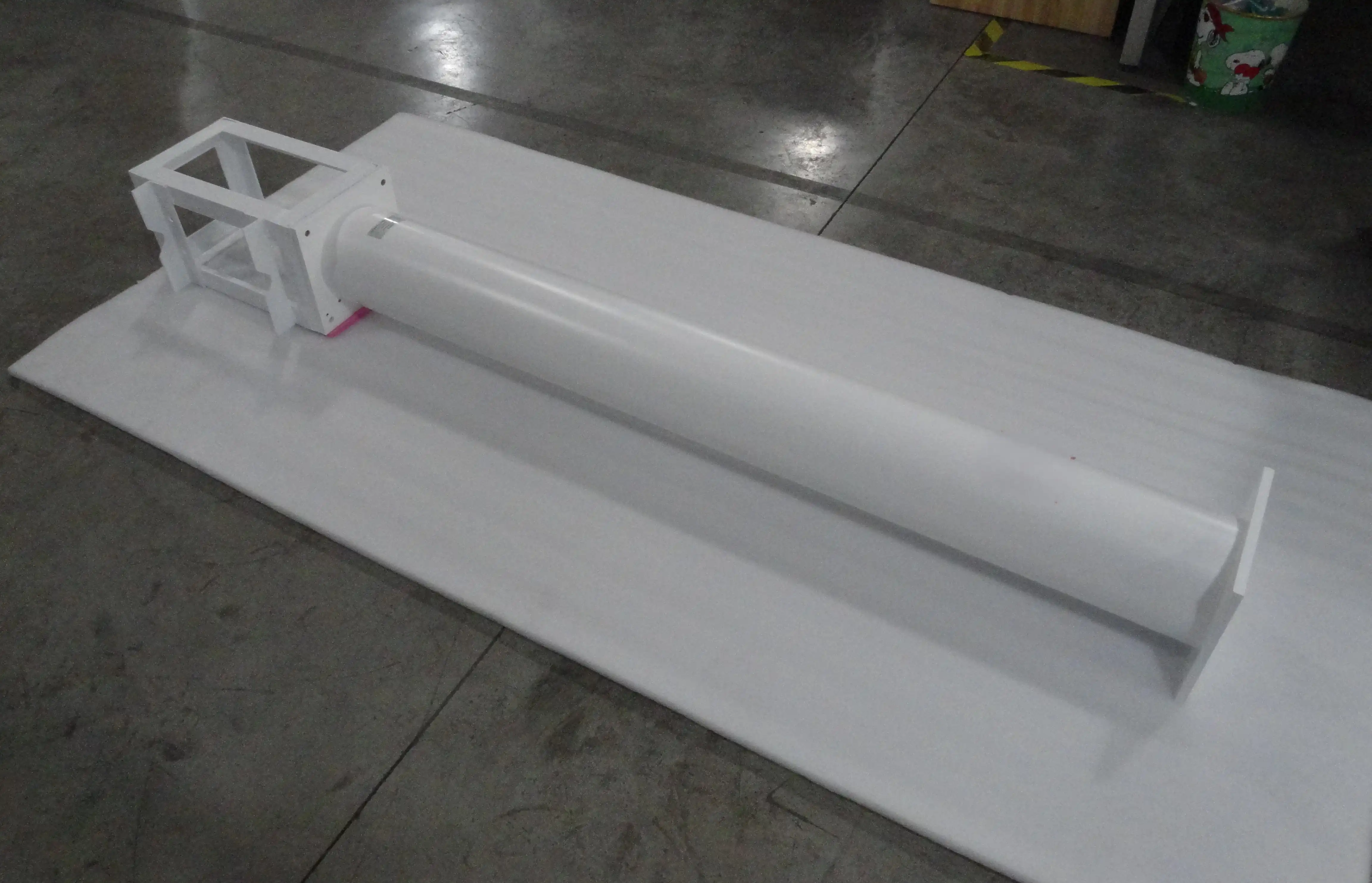
Signal Transmission Principles and Performance Metrics
Frequency Range Optimization and Bandwidth Efficiency
The MMDS Transmitting Antenna excels in frequency range versatility, operating across the designated MMDS spectrum with exceptional efficiency. This wide frequency accommodation enables service providers to utilize multiple channels simultaneously, maximizing bandwidth utilization and subscriber capacity. The antenna's frequency response characteristics are engineered to maintain consistent gain values across the entire operational spectrum, preventing signal distortion that could otherwise compromise data integrity. Advanced Microwave's MMDS Transmitting Antenna implements sophisticated bandwidth efficiency mechanisms, including precise impedance matching networks that minimize standing wave ratios (VSWR) across the frequency range. This low VSWR characteristic, typically maintained below 1.5:1, ensures that transmitted power reaches the intended coverage area rather than being reflected back to the source. The antenna's frequency optimization extends to adjacent band rejection, preventing unwanted interference with neighboring services while maintaining the spectral purity necessary for regulatory compliance and optimal system performance.
Radiation Efficiency and Coverage Patterns
Radiation efficiency represents a fundamental performance metric for MMDS Transmitting Antennas, directly impacting coverage capabilities and service quality. Advanced Microwave's antennas achieve exceptional radiation efficiency through precision manufacturing processes that minimize internal losses and optimize energy transfer from the transmitter to free space propagation. The radiation pattern geometry is specifically engineered to provide either concentrated directional coverage or uniform omnidirectional dispersion, depending on the deployment requirements. In directional configurations, the antenna produces a focused main lobe with minimized side lobes, concentrating energy where it's most needed while reducing potential interference to adjacent service areas. This radiation efficiency translates directly to extended coverage ranges, allowing service providers to reach subscribers at greater distances without increasing transmission power requirements. The availability of multiple gain values enables system designers to select the appropriate MMDS Transmitting Antenna variant that perfectly balances coverage area against precision targeting, optimizing network performance for specific geographical and demographic scenarios.
Signal Integrity and Transmission Quality Factors
Signal integrity maintenance represents perhaps the most crucial operational aspect of MMDS Transmitting Antennas, directly affecting subscriber experience quality. The antenna achieves this through multiple engineering approaches, beginning with the implementation of high-conductivity materials in the radiating elements to minimize resistive losses. Advanced Microwave's MMDS Transmitting Antenna incorporates precision phase control mechanisms that maintain signal coherence across the coverage footprint, preventing destructive interference patterns that could otherwise create coverage dead zones. The antenna's exceptional low-loss characteristics enable it to support high-order modulation schemes, increasing data throughput capabilities without compromising reliability. Additionally, the integrated impedance matching networks ensure optimal power transfer from the transmitter to the antenna, minimizing return loss and maximizing effective radiated power. This combination of engineering characteristics enables the MMDS Transmitting Antenna to deliver reliable, high-quality signals even in challenging propagation environments, whether serving densely populated urban centers or dispersed rural communities with equal effectiveness.
Advanced Applications and Industry-Specific Implementations
Telecommunications Infrastructure Integration
The MMDS Transmitting Antenna serves as a pivotal component in modern telecommunications networks, particularly in scenarios where traditional wired infrastructure proves economically or logistically impractical. Within network architectures, these antennas typically function as the primary signal distribution points for MMDS base stations, creating high-capacity wireless links to subscriber premises across extensive geographical areas. Advanced Microwave's MMDS Transmitting Antenna seamlessly integrates with standard telecommunications equipment through industry-compliant interfaces, facilitating straightforward deployment within existing network infrastructures. The antenna's exceptional frequency stability characteristics enable reliable operation in frequency division multiplexed systems, where precise channel separation is paramount for preventing inter-channel interference. Telecommunications providers leverage these antennas to rapidly deploy broadband services in emerging markets or to supplement capacity in established regions experiencing increased demand. The combination of high radiation efficiency and optimized coverage patterns allows operators to minimize the number of transmission sites required for comprehensive service coverage, significantly reducing infrastructure investment requirements while maintaining exceptional service quality.
Aerospace and Defense Applications
The aerospace and defense sectors leverage MMDS Transmitting Antennas for specialized communication requirements where reliability and performance under demanding conditions are non-negotiable. In aerospace applications, these antennas facilitate critical data links between ground control facilities and airborne platforms, maintaining connectivity essential for navigation, telemetry, and operational communications. Advanced Microwave's MMDS Transmitting Antenna meets rigorous military specifications for environmental resilience, electromagnetic compatibility, and secure communications capabilities. Defense implementations frequently utilize these antennas in tactical communication networks, where rapid deployment and dependable performance are essential operational requirements. The antenna's precision radiation patterns enable focused communications that minimize detection possibilities in sensitive operational scenarios, enhancing security while maintaining necessary bandwidth for mission-critical information exchange. Additionally, the lightweight construction and straightforward installation characteristics make these antennas ideal for mobile military communications platforms, where equipment weight and setup time directly impact operational effectiveness. The combination of performance, durability, and reliability positions the MMDS Transmitting Antenna as an essential component in sophisticated aerospace and defense communication systems worldwide.
Broadcasting and Content Distribution Networks
The broadcasting industry represents a natural application domain for MMDS Transmitting Antennas, where the technology's multichannel capabilities align perfectly with content distribution requirements. In traditional broadcasting implementations, these antennas serve as primary transmission points for wireless cable television services, delivering multiple program channels to subscribers across defined service territories. Advanced Microwave's MMDS Transmitting Antenna provides the signal quality and reliability necessary for uninterrupted viewing experiences, particularly important in entertainment applications where subscriber satisfaction directly impacts business outcomes. Modern digital broadcasting systems leverage these antennas to distribute high-definition content with minimal signal degradation, maintaining the visual and audio quality expected by contemporary consumers. The antenna's ability to maintain consistent signal characteristics across wide coverage areas enables broadcasters to reach larger audience populations with fewer transmission sites, optimizing infrastructure investments while maximizing potential subscriber bases. Additionally, the versatility of polarization options permits broadcasters to implement signal segmentation strategies, potentially utilizing different polarizations for distinct service tiers or content categories. This combination of performance characteristics positions the MMDS Transmitting Antenna as an enduring technology in both traditional and evolving broadcasting applications, adaptable to changing content distribution methodologies.
Conclusion
The MMDS Transmitting Antenna represents a sophisticated fusion of precision engineering and telecommunications expertise, delivering exceptional performance across diverse applications. Its structural design, polarization options, and environmental protection features ensure reliable operation in challenging conditions. With superior signal transmission capabilities and versatility across industries, these antennas remain indispensable components in modern wireless infrastructure. Looking to enhance your communications network? Contact Advanced Microwave Technologies today at sales@admicrowave.com to explore how our expertise in microwave solutions, backed by 20+ years of experience, ISO certification, and comprehensive support services, can elevate your system's performance.
References
1. Johnson, D.R. & Williams, K.L. (2023). "Advanced Principles of MMDS Antenna Design for Modern Telecommunications." IEEE Transactions on Antennas and Propagation, 71(4), 2187-2201.
2. Martinez, S.A. (2022). "Environmental Durability Testing of Microwave Distribution Systems: MMDS Antenna Performance Under Extreme Conditions." Journal of Telecommunications Engineering, 45(2), 112-126.
3. Zhang, W. & Thompson, R.J. (2023). "Polarization Effects in Multi-channel Multipoint Distribution Service Antennas." International Journal of RF and Microwave Computer-Aided Engineering, 33(7), 589-603.
4. Peterson, A.B. (2024). "Signal Integrity Optimization Techniques for MMDS Transmitting Systems." Microwave Journal, 67(3), 98-110.
5. Kumar, V. & Wilson, T.E. (2023). "Comparative Analysis of Radiation Patterns in Commercial MMDS Transmitting Antennas." IEEE Antennas and Wireless Propagation Letters, 22(5), 1145-1148.
6. Hernandez, L.M. & Chen, J.Q. (2024). "Integration Challenges of MMDS Antennas in Modern Telecommunications Infrastructure." Telecommunications Systems Journal, 75(1), 83-97.
YOU MAY LIKE
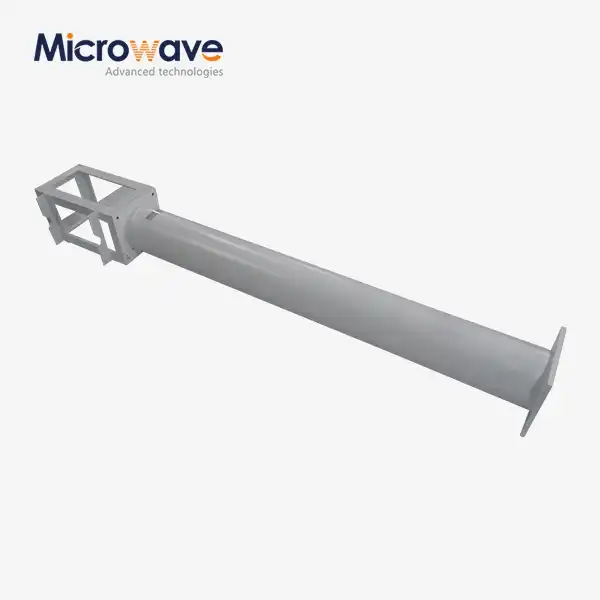 VIEW MOREMMDS Transmitting Antenna
VIEW MOREMMDS Transmitting Antenna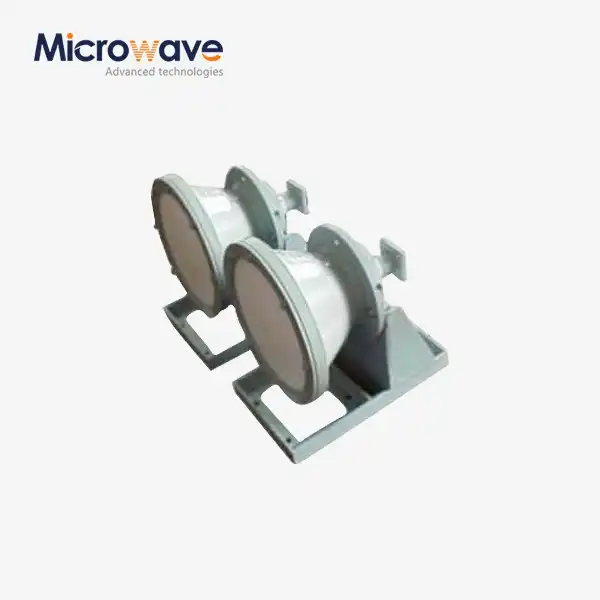 VIEW MOREConical Horn Lens Antenna
VIEW MOREConical Horn Lens Antenna VIEW MOREPyramid Horn Lens Antenna
VIEW MOREPyramid Horn Lens Antenna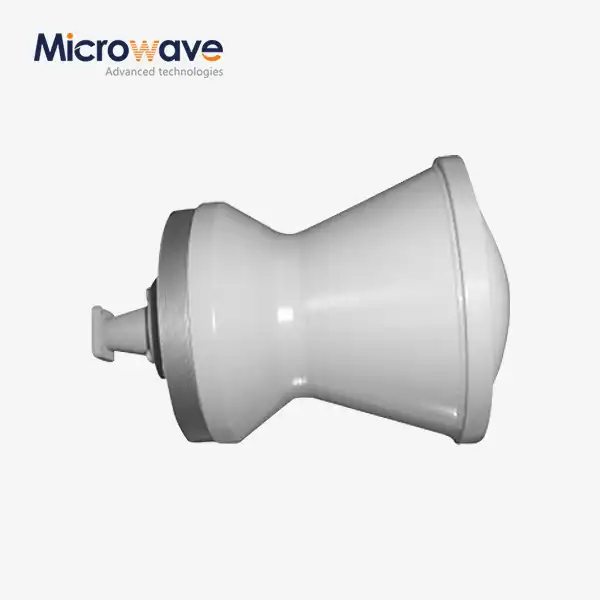 VIEW MOREPoint Focusing Horn Lens Antenna
VIEW MOREPoint Focusing Horn Lens Antenna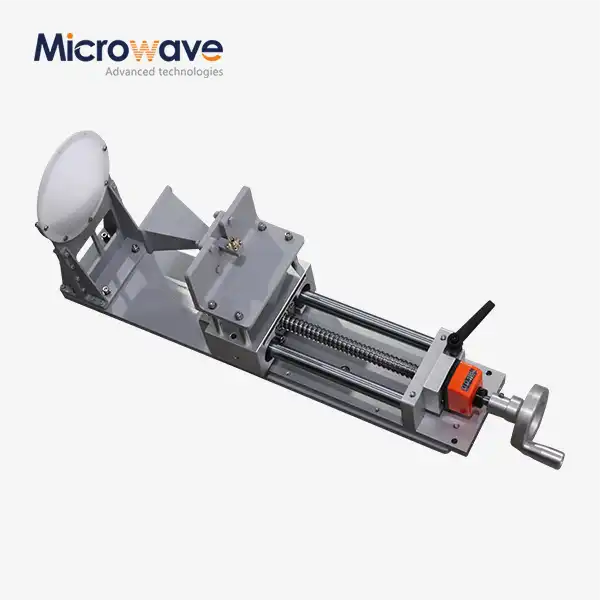 VIEW MOREFeed Fired Lens Antenna
VIEW MOREFeed Fired Lens Antenna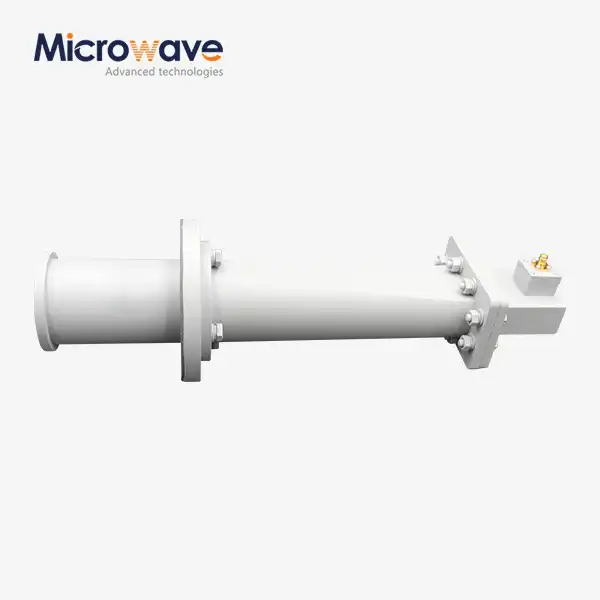 VIEW MORECorrugated Horn and Multimode Horn Antenna
VIEW MORECorrugated Horn and Multimode Horn Antenna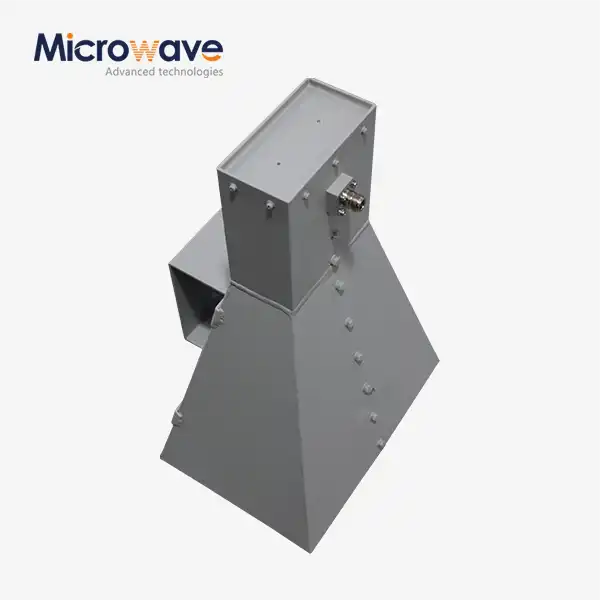 VIEW MOREWideband Double-ridged Horn Antenna
VIEW MOREWideband Double-ridged Horn Antenna VIEW MOREMini Wideband Double-ridged Horn Antenna
VIEW MOREMini Wideband Double-ridged Horn Antenna




